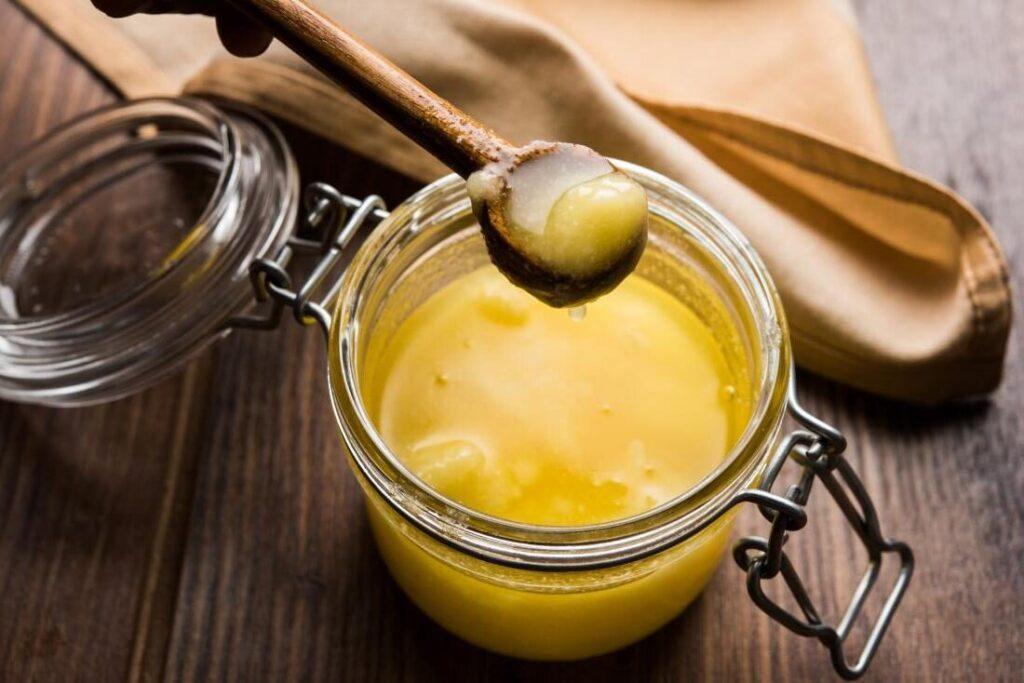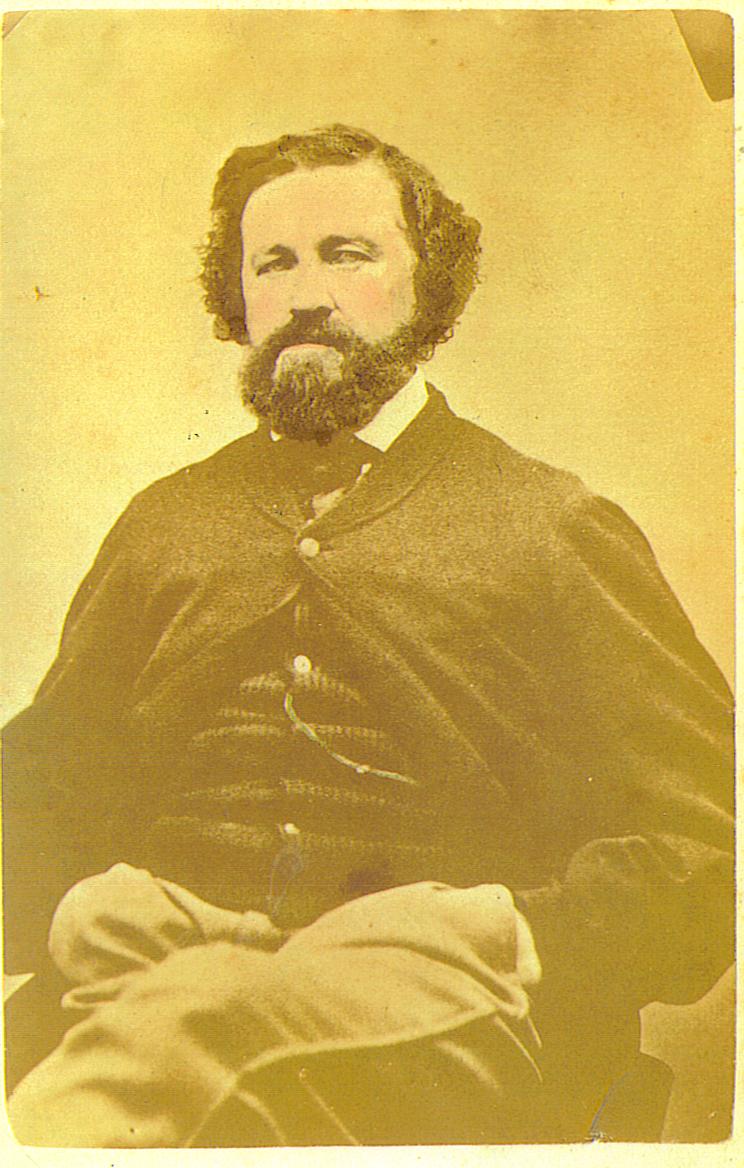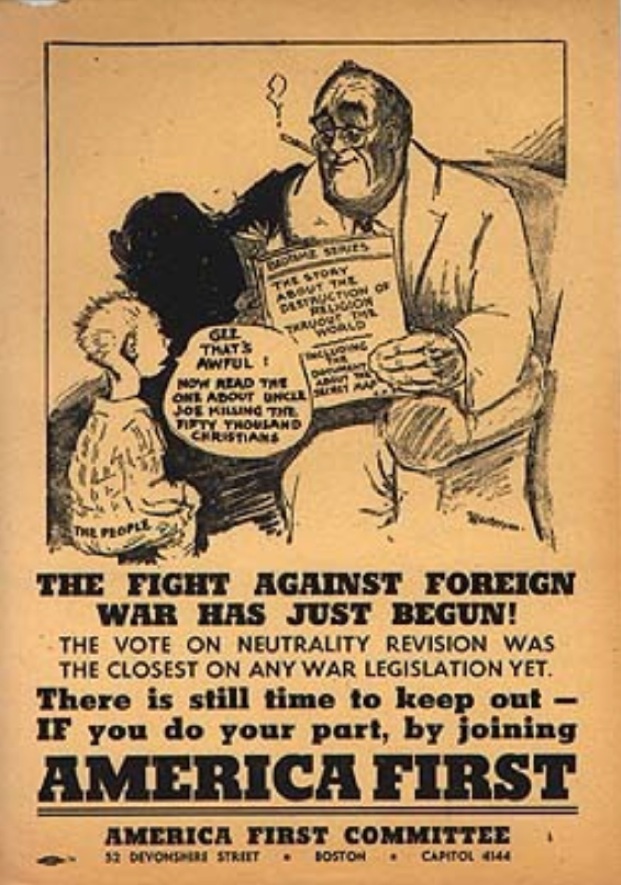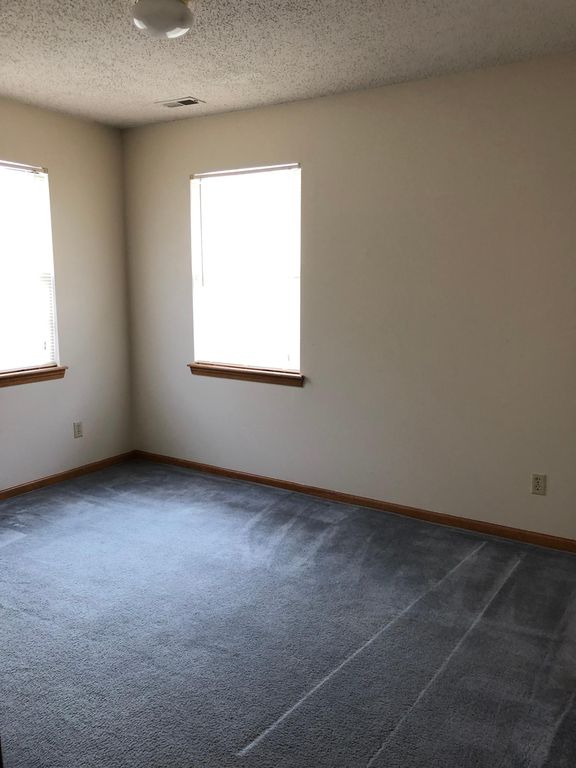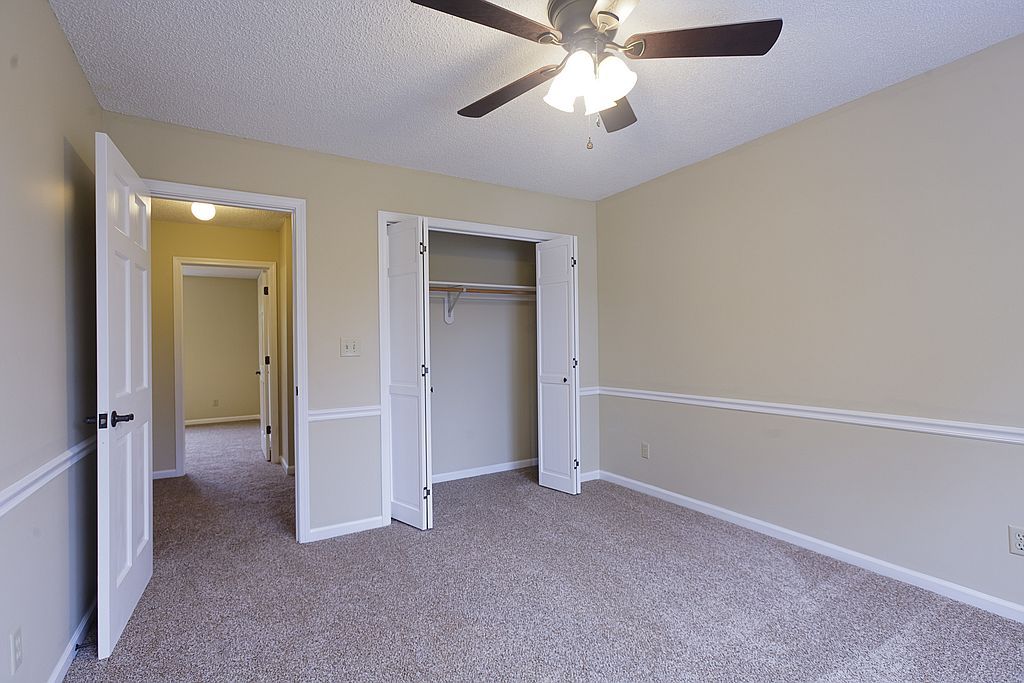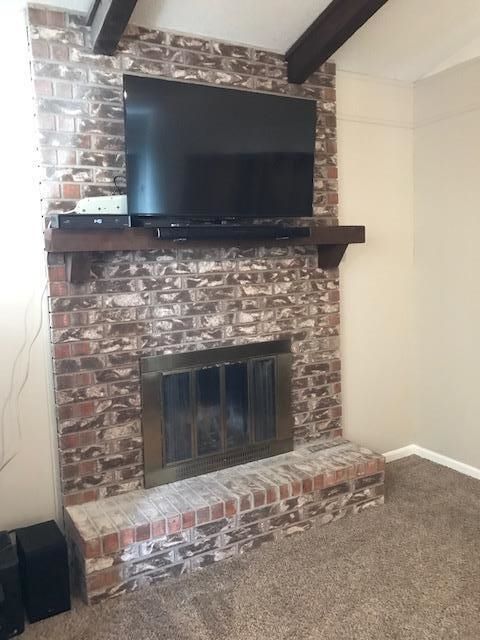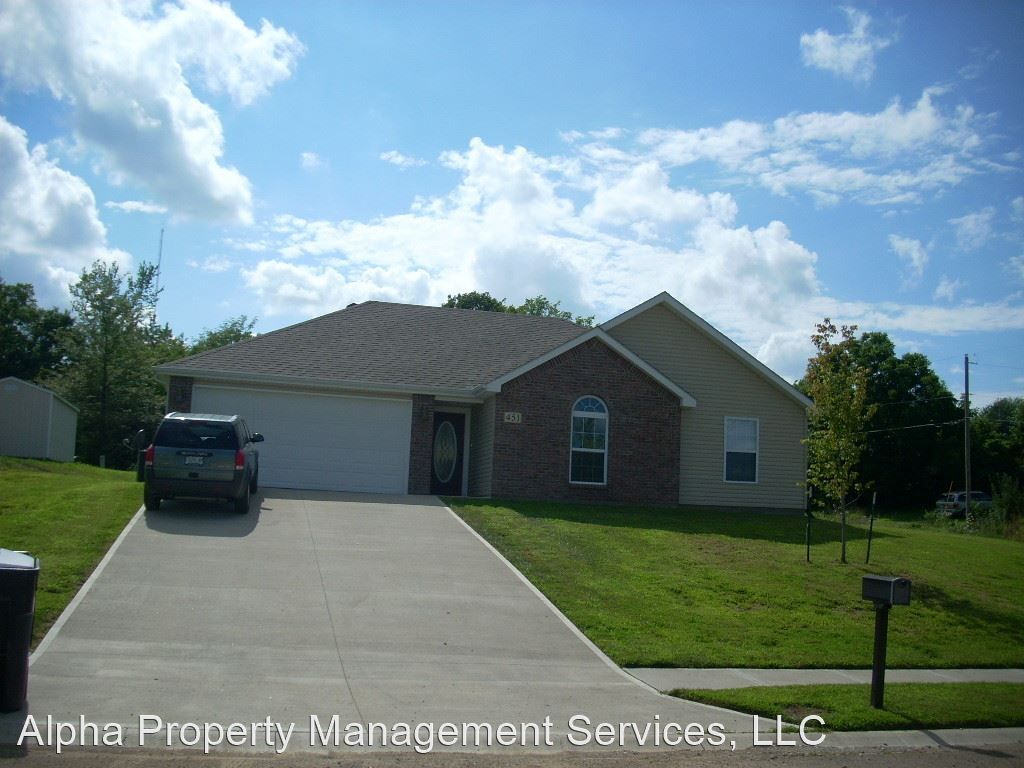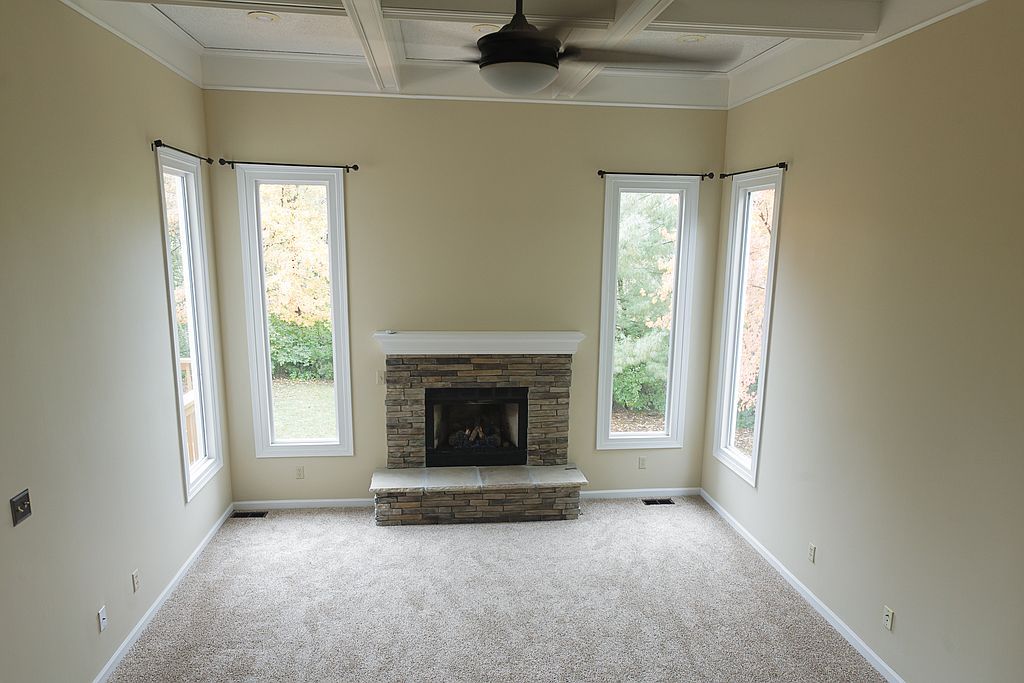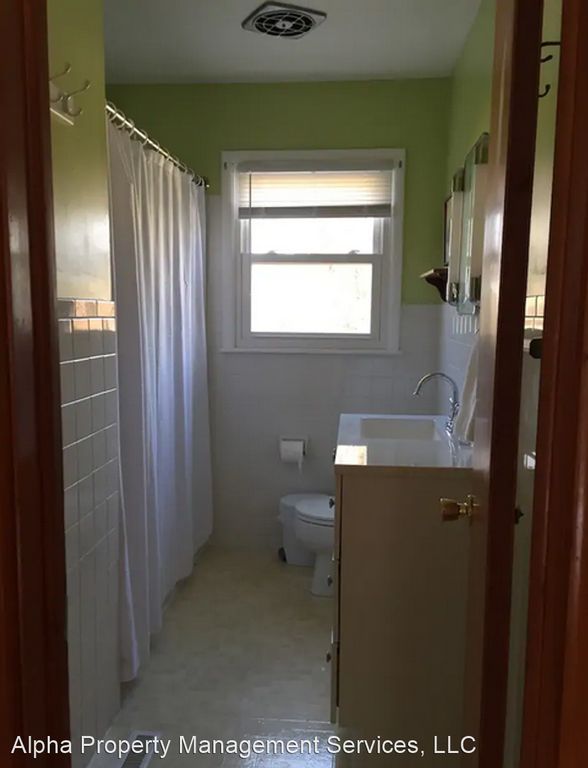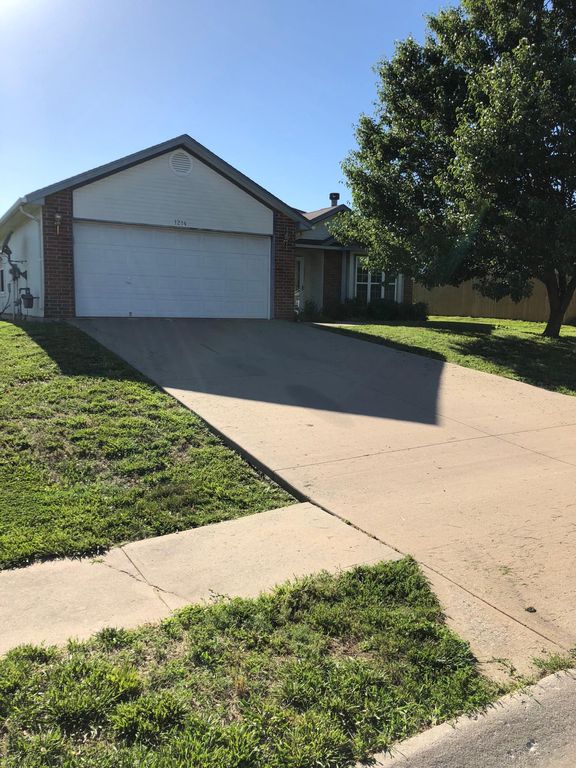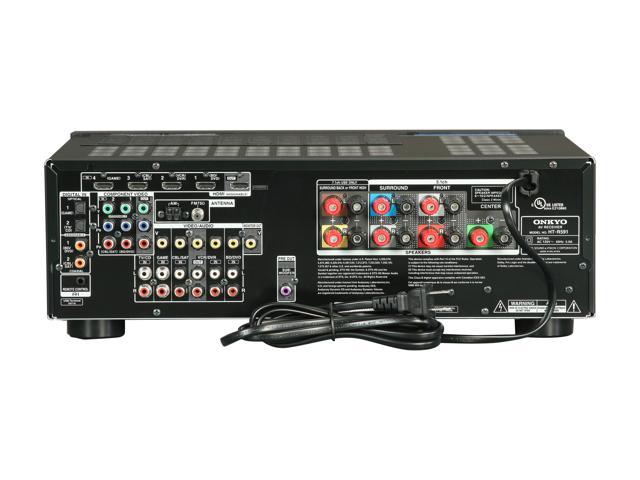Table of Content
We believe everyone should be able to make financial decisions with confidence. An assumable mortgage is a type of financing arrangement in which an outstanding mortgage can be transferred from the current owner to a buyer. USDA streamlined refinancing is a mortgage-refinancing option for homeowners who bought their home using a USDA loan. Investopedia requires writers to use primary sources to support their work. These include white papers, government data, original reporting, and interviews with industry experts. We also reference original research from other reputable publishers where appropriate.
The yearly fee becomes part of the borrower’s monthly mortgage installments. The DA will cover a mortgage issued by a local lending company. But you’ll have to pay a mortgage insurance premium if you don’t make a down payment. You’ll need to do the same thing if the money you put down is too small. USDA loan rates are often lower than conventional 30-year fixed mortgage rates. This means a USDA loan is often more affordable overall than a comparable FHA or conventional loan.
How USDA loan programs work
A USDA loan is a great option for buyers with moderate or low income. It lets you buy a house with no money down and low mortgage rates — two huge benefits that only one other loan program offers. If your home is in an eligible area, it’s worth exploring a USDA-guaranteed loan. The main drawback is that USDA loans require mortgage insurance for the life of the loan. So if you can make a 20 percent down payment, you might prefer a conventional loan with no mortgage insurance payment. Eligible applicants may purchase a dwelling in a qualifying rural area, and may be able to receive up to 101% financing.
If you choose to mail your payment, please use the RD payment address listed on your coupon. Please select your state in the dropdown menu above to find your local contact for this program. We may earn revenue from the products available on this page and participate in affiliate programs. Yes, along with U.S. citizens, legal permanent residents of the United States can also apply for a USDA loan. No, the USDA Rural Housing Program can be used by first-time buyers and repeat buyers alike. Income-producing properties and vacation homes do not qualify.
Learn more about USDA loans
If you are considering a USDA loan for buying a home, talk to a licensed loan officer about your goals. Applying for pre-approval for your home purchase loan is a good place to start. Learn more about mortgage insurance and how to drop it in one of our previous articles. If you’re considering USDA loans, here’s what you need to know about USDA loans and how they can play a role in smart financial planning. Before you apply for a USDA home loan, there are some factors you should consider. If you’re eligible, buying your first home with a USDA loan can potentially be a wise decision.

USDA provides homeownership opportunities to rural Americans, and home renovation and repair programs. USDA also provides financing to elderly, disabled, or low-income rural residents in multi-unit housing complexes to ensure that they are able to make rent payments. The USDA Rural Development loan is meant to help moderate to low-income families get access to housing and mortgage loans in some of the less densely populated parts of the country.
Family Finances
Resident, qualified alien, or non-citizen national seeking a mortgage for a home in a neighborhood or area zoned rural. You can only purchase the home as a primary residence and certain income limits apply. The entire closing process usually takes days, from the time you go under contract until you finalize the transaction.
If the borrower defaults, the USDA will guarantee 90% of the loan. However, relatively few people take advantage of these loans, with the USDA estimating that only 99,000 borrowers have these mortgages currently. Many may presume these loans are relegated only to extremely remote areas such as farmland, when the reality is that USDA mortgages are surprisingly versatile. They can be used to purchase townhouses as well as single-family homes, fund new construction, or renovate an existing home. A USDA home loan could be used to finance 100% of a property located in an eligible area.
Yes, USDA loans allow gifts from family members and non-family members. Let your loan officer know as soon as possible that you’ll be using gifted funds, as this requires extra documentation and verification on the lender’s part. USDA lenders have to send each loan file to the Department of Agriculture to be approved before underwriting. This can add around two to three weeks to your loan processing time.
Yarilet Perez is an experienced multimedia journalist and fact-checker with a Master of Science in Journalism. She has worked in multiple cities covering breaking news, politics, education, and more. Her expertise is in personal finance and investing, and real estate. Check your buying power by getting pre-qualified for a mortgage with us at Zillow Home Loans.
USDA house loans are made available through the USDA’s Rural Development Guaranteed Housing Loan program. This mortgage aid program might be a valuable resource for prospective homebuyers. It makes homeownership more accessible for low- to moderate-income people in rural locations.
Yet most U.S. home buyers, even those who have USDA loan eligibility, haven’t heard of this program or instantly think “farmland.” This is because the USDA loan program wasn’t launched until the 1990s. Only recently has it been updated and adjusted to appeal to rural and suburban buyers nationwide. The Rural Development loan is sometimes called a “Section 502” loan. This refers to section 502 of the Housing Act of 1949, which makes the program possible. This program is designed to help single-family home buyers and stimulate growth in less-populated, “rural,” and low-income areas.
There is no 15-year fixed option, or adjustable-rate mortgage program available via the USDA. The U.S. Department of Agriculture’s website maintains a list of approved lenders for the Rural Housing Program. Department of Agriculture lists eligible USDA communities by Census tract. The website will show whether that home meets program guidelines. To be eligible for a USDA loan, your property must meet certain requirements.
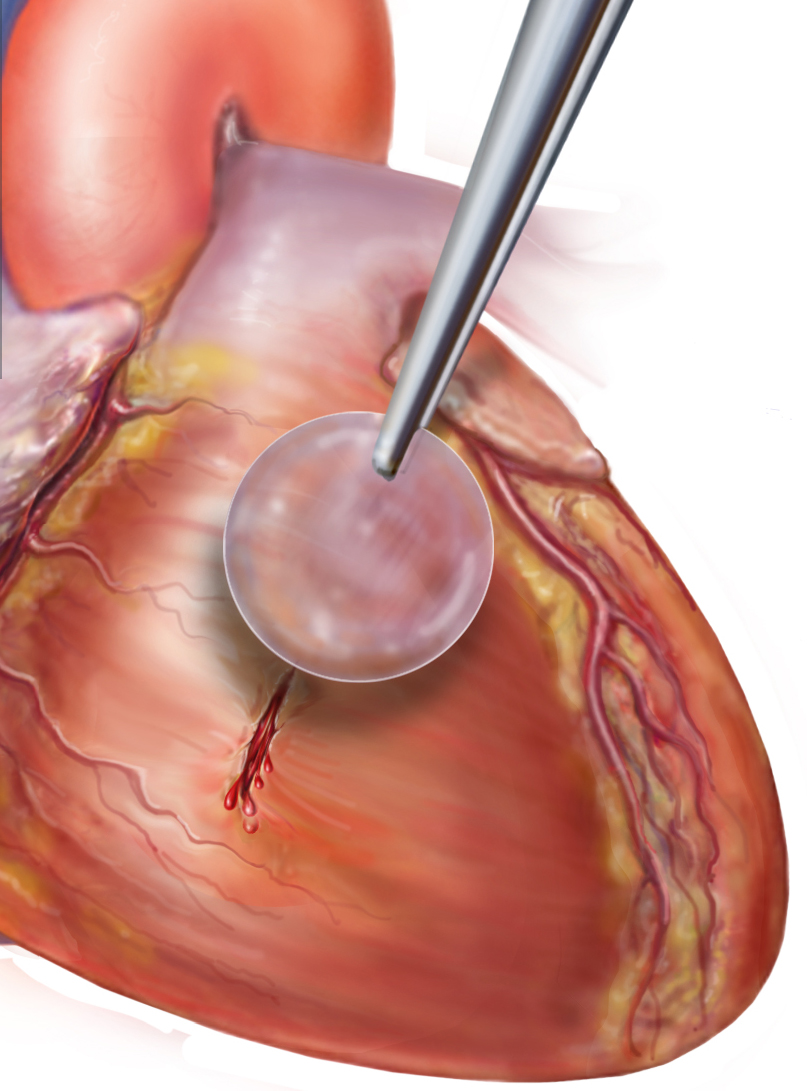
A credit score of 640 for the streamlined process, but lower scores may still qualify. You will need to make a monthly payment that doesn't exceed 29% of your monthly income and not have other financial obligations above 41%. Have a household income that does not exceed their county’s “very low income” threshold (50% of the area median income). The applicant can provide proof of paying their bills on time for expenses such as rent or auto loans. But the money will become earmarked for home repairs or upgrades. Consult with your Home Loan Specialist or contact your local USDA Service Center for information about this loan program.
Learn About USDA Home Loans: What They Are & How They Work
Here’s an example of closing costs on a $300,000 home purchase with a USDA Guaranteed or Direct Loan. With full seller concessions, you may owe as little as $0 at closing. Without seller concessions, you may be required to pay between $9,000 to $18,000 in closing costs. Because rural areas change and grow over time, the USDA conducts reviews every five years to identify areas that no longer qualify for rural home loans.

USDA loans promote home ownership and development in specified rural areas. There are both income and location eligibility requirements that are unique to USDA mortgage loans. The United States Department of Agriculture established the Single-Family Housing Guaranteed Loan Program in 1991 to increase homeownership in rural America. As a result, low- and moderate-income homebuyers who might not qualify for a typical mortgage can apply for a government-backed loan to buy, build, or renovate a property in an eligible rural area.

